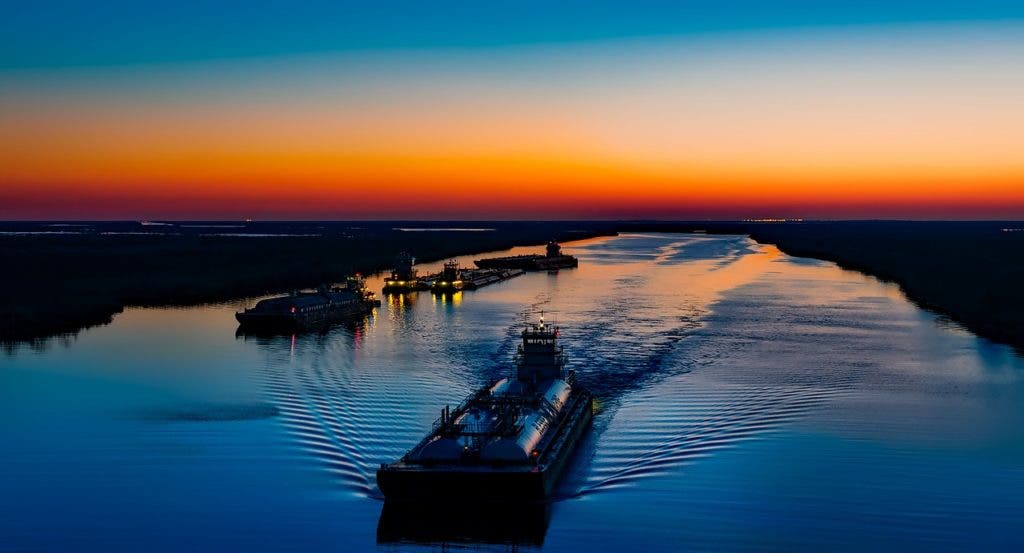The US Geological Survey (USGS) found a worrying amount of chemicals with a biological impact in water samples taken from major U.S. rivers and streams. They monitored only a couple hundred chemicals known to be sourced from human activity but even so they found 56 percent of them inside the fresh water. This suggests that the real number of man-made chemicals present in freshwater streams could be in the order of thousands, some of which can provoke a worrying biological response.

Credit: Pixabay.
The team sampled water from 35 waterways, three of which located far from human settlements and activity to serve as a control. Water close to both rural and urban environments was sampled, then screened for a select group of 719 chemical compounds. Of these, no fewer than 406 were detected which tells us man-made chemicals are diffusing in great numbers into the broader environment.
The most common chemicals were 8 pesticides and 2 pharmaceuticals, namely caffeine and metformin. The latter is a drug commonly used to treat type-2 diabetes.
After this first test established which chemicals were present, the researchers performed a new experiment that was meant to assess their effect on living organisms. Specifically, the researchers were interested what impact the chemicals found in the water samples had on estrogen, androgen, and glucocorticoid receptors. Unsurprisingly, all three receptors were affected in some way. At this point, it’s important to note that the biological effects of the contaminants were tested not an individual basis, but as a whole like a soup. But even considering this fact, the researchers still don’t know why the androgen (male sex hormones) and glucocorticoid receptors, which bind to anti-inflammatory compounds like steroids, reacted so strongly.
One possible explanation might be that only a fraction of the 85,000 known chemicals that we manufacture were tested. This seems more likely, although it’s possible that the combination of chemicals is collectively causing an integrated response that we’re not aware of yet. As for the source of these chemicals, it’s anyone’s guess. It’s not that these chemicals are dumped into the waterways by some malevolent person or company. Everything we ingest and consequently excrete gets mixed up and ends up in water supplies via sewers despite it may pass through a waste treatment plant. Case in point, the study found the closer to a wastewater treatment facility the sampled water was, the higher was the chemical concentration.
For now, the long-term environmental and health effects are not known but the biological tests clearly suggest that the contaminants have some sort of effect. All living beings need water, and as such, all the slew of chemicals we consume and dump in the water ends up in plants, fish, animals that eat all these plant and fish, and eventually back inside us.
The study which appeared in the journal Environmental Science and Technology doesn’t draw any conclusions beyond the reported facts. The findings, however, merit starting a discussion about it. Governmental agencies might want to work together on this one to figure out what’s the best course of action to minimize man-made chemicals leaching into the waterways. There are already some solutions discussed by the scientific community, none of which is cheap or easy. Waste could be treated closer to the source as opposed to collecting it and drugs could be designed to degrade faster.









